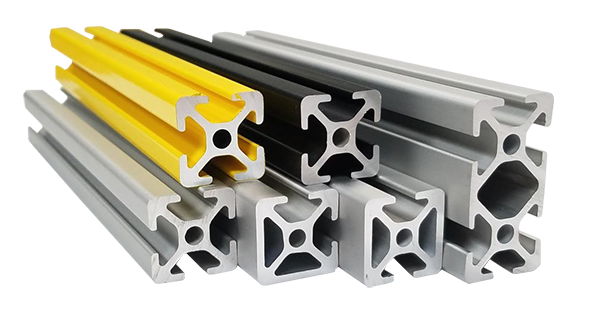What Is An Aluminum Framing System?
An aluminum framing system is a type of metal construction that uses aluminum for its structural properties. Aluminum is light and strong, making it ideal for building frame applications. This material has been used in this capacity for decades, and the popularity of aluminum framing is continuously increasing as a preferred metal construction method.

Aluminum can be used in a variety of ways for an aluminum framing system, including throughout the entire structure or as part of it. The most common types of components include: upright posts; beams; columns; bracing; joists; purlins; metal wall studs; and steel connectors.
Upright posts are used for the frame around windows, doors, stairwells, etc. The aluminum upright may be in the form of a tube or angle. Beams support floors and roofs, while columns help to support beams in some instances by joining two or more beams at one end. Bracing is used primarily to provide structural reinforcement where needed, while joists are primarily for flooring with the aid of hangers that connect them to beams.
Purlins are purlin plates that sit atop beams, and may be supported by columns or posts. Metal wall studs are primarily used in interior partitions to make smaller structural units. They are not load-bearing members, though they can support floor or ceiling joists. Steel connectors help to provide joints between metal wall studs and other aluminum components.
Although the use of an aluminum framing system is not common in residential construction, it is gaining popularity with commercial builders due to its increased affordability. As this technique has been used in commercial applications for decades, it requires less engineering and planning to build multi-story buildings using this system.
An aluminum framing system is ideal in situations where there is a need to use an exterior material that provides strength and durability with the advantage of being lightweight. Stronger than steel, but not as heavy as other metals, aluminum is used to build the frame of buildings and other structures, as well as for various components within those structures.
This type of metal framing system has been used in commercial applications for decades, and is gaining increasing popularity with residential home builders due to its increased affordability. Aluminum’s increased popularity has also led to its use as a material in metal roofing systems.
An aluminum framing system uses aluminum as a structural metal that provides the strength and durability of steel, but weighs much less than other metals such as copper and brass. Aluminum offers all these benefits without sacrificing any of its natural properties: strength, flexibility, hardness, durability.
Aluminum is used for building frames due to its lightweight, but it is strong enough to support a variety of applications without sacrificing stability. In fact, aluminum may be stronger per unit volume than steel, though the difference in strength between aluminum and steel is not as substantial as that of its lower weight.
Aluminum also has good corrosion resistance, meaning that there is little risk of degradation from exposure to water, chemicals, and other environmental factors. Aluminum is not completely rustproof however, and will corrode if pit anodized. It can also be painted to prevent corrosion from occurring in the first place.
If you’re looking for design assistance for a framing system, then contact Minitec Solutions. They are a distributor of Minitech Profile Systems serving most of the United States.




